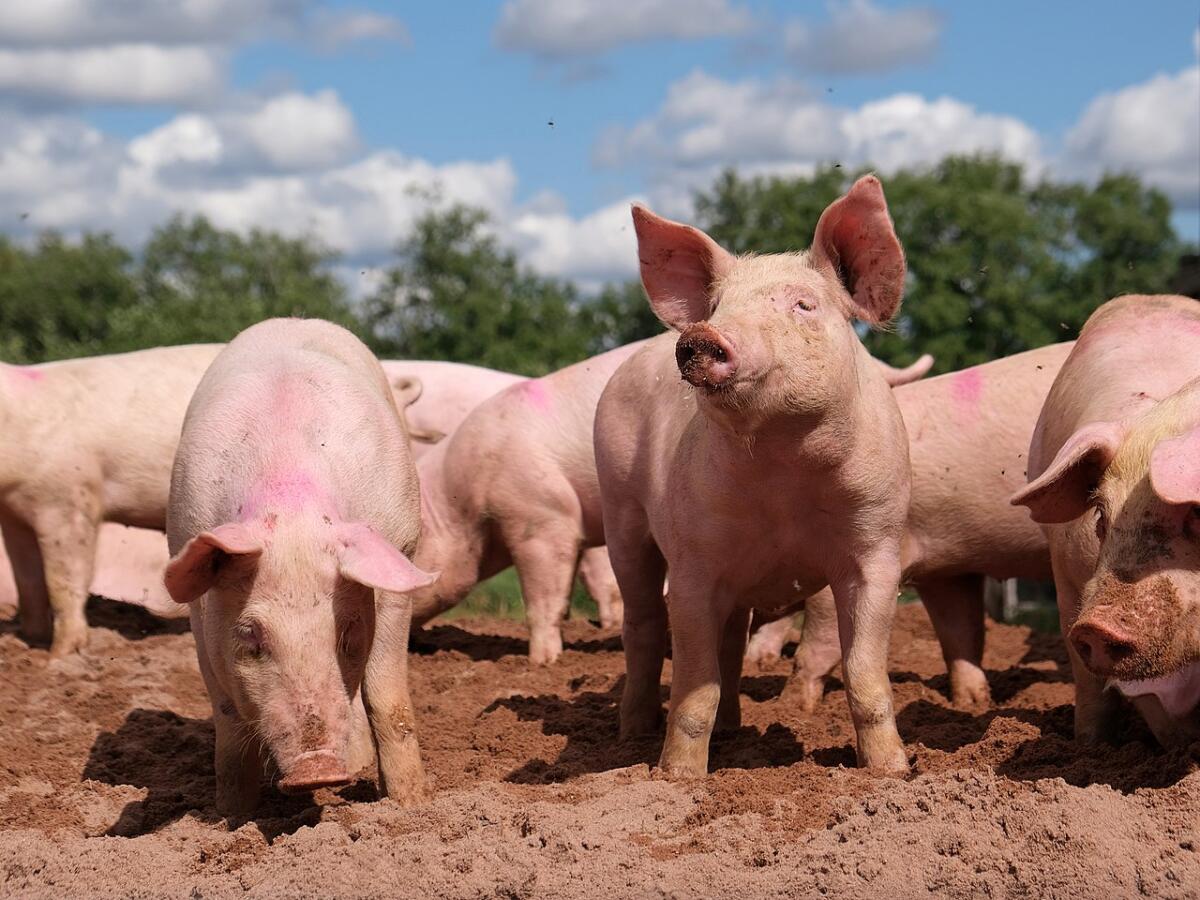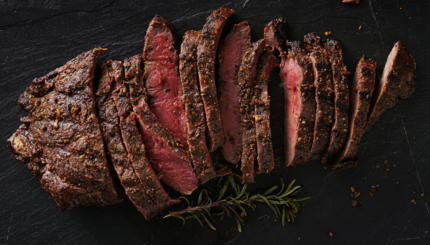Treyf (sometimes spelled treif or treyfe) is a Yiddish word used for something that’s not kosher. The word treyf is derived from the Hebrew word treifah, which appears several times in the Bible and means “flesh torn by beasts.” The Torah prohibits eating flesh torn by beasts, and so the word treifah came to stand in for all forbidden foods.
Traditional Jewish practice forbids the consumption of some types of food (certain varieties of animals, animals slaughtered by any but the accepted method, the blood of mammals or birds) and some combinations of foods (roughly, meat with milk products). It mandates kitchen practices that help maintain those restrictions. These laws, known collectively as kashrut (literally, “fitness”), are observed in varying degrees among Jewish families and individuals. For those who choose to observe some or all of the system of kashrut, it serves as a frequent reminder of their distinct identity as Jews.
Over time, the words kosher and treyf have been used colloquially beyond the world of food to describe anything that Jews deem fit or unfit.
Kashrut in Jewish texts
Close readers of the Torah might notice that according to the book of Genesis, vegetarianism was commanded by God as the ideal diet (see Genesis 1:29). However, in the course of the biblical narratives, this changed to include a variety of different animals. According to the Torah (Leviticus 11), only certain kinds of animals are considered inherently kosher. For land animals, any creature that both chews its cud and has split hooves is kosher. For sea creatures, any fish that has both fins and scales is acceptable, and for birds, only those birds approved by the Torah (or others that later authorities have judged to be like them, a list that excludes scavengers and birds of prey).
In addition, it is repeated three times in the Torah that it is forbidden to cook a baby goat in its own mother’s milk. In the talmudic period, the rabbis interpreted this to mean that any meat (defined as the flesh of mammals or fowl) may not be combined with dairy. Not only may they not be combined in a single dish, they are not eaten at the same meal and there is a waiting period (usually between one and six hours, depending on specific Jewish custom) between consuming meat and then consuming dairy.
Keeping Kosher
Preventing the mixing of meat products and milk products has led to the practice of maintaining separate sets of cookware, tableware and flatware for meat and dairy. Some households also have items used for neither meat nor milk (this category is called pareve, or neutral); food prepared using these can be eaten with either meat or dairy.
Establishing a kosher kitchen requires some work, but the regularities are not difficult to maintain. Making an existing kitchen kosher may involve replacing some equipment, but many items can be made kosher and some need no treatment at all.
Take a deep dive into what it means to keep kosher, from the basics to how to set up a kosher kitchen, through our All About Keeping Kosher email series. Sign up here.
treyf
Pronounced: TRAYF, Origin: Yiddish, not kosher



